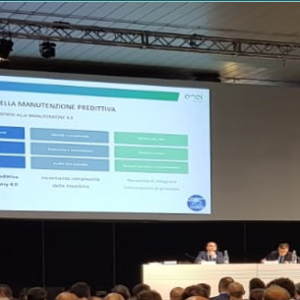In an industrial plant, decreasing the probability of failure of any component of the production chain as much as possible is of considerable importance. The malfunction […]
Diagnostic systems for electric motors are the complex of electrical, static and dynamic measurements, used for monitoring the health of an electric motor, for detecting any […]
Ultrasound measurements are one of the most recent and most versatile predictive technologies, they allow to identify a great variety of anomalies. With a view to […]





